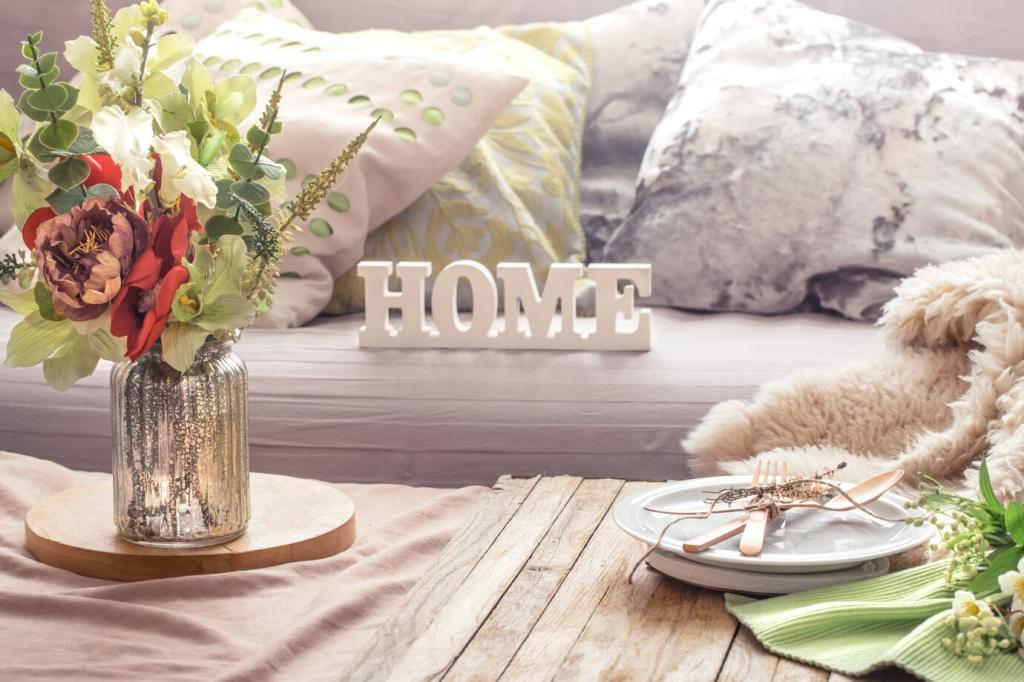Biodegradable Alternatives for Interior Design

Natural Fiber Textiles
Organic cotton stands out for its softness, versatility, and landscaping-friendly production practices. Unlike conventional cotton, it is grown without harmful pesticides, thus minimizing chemical runoff and soil degradation. When used for armchairs, sofas, or accent cushions, organic cotton fabric not only elevates comfort but also ensures a reduced carbon footprint throughout its lifecycle. The dyeing process, when performed with low-impact or plant-based dyes, further enhances its biodegradability and reduces toxicity, positioning organic cotton as an eco-conscious standard in soft furnishings.
Previous
Next
Biodegradable Furniture Components
01
Mycelium-Based Furniture
Mycelium, the root structure of fungi, is being harnessed by designers to create lightweight, durable furniture. Once shaped and grown into specific molds, mycelium-based components form intricate, customizable structures for seating, tables, and lighting. These pieces are not only renewable and compostable but often require little energy to produce compared to traditional materials. The organic forms and subtle textures that mycelium provides also introduce an avant-garde sensibility, proving that sustainability and innovation can coexist seamlessly in modern interiors.
02
Responsibly Sourced Wood
Wood remains a classic choice in interior furniture, yet sustainably managed forests and biodegradable finishes mark the difference between standard and truly eco-friendly options. Responsibly sourced wood, certified by environmental organizations, ensures that logging practices replenish rather than deplete ecosystems. The use of natural adhesives and oils further supports biodegradability, allowing furniture to decompose after its service life. Such pieces infuse interiors with timeless warmth and character, all while leaving a low-impact legacy.
03
Reclaimed and Recycled Materials
The reuse of reclaimed timber and recycled materials in furniture design signals a departure from the linear consumption model toward a restorative approach. These resources, often salvaged from old buildings or manufacturing byproducts, are refashioned into unique, biodegradable furnishings. Each piece tells a story through its patina and imperfections, appealing to both eco-conscious and design-forward clients alike. Their inherent biodegradability accelerates the return of materials to natural cycles, supporting ongoing sustainability in interior design.
